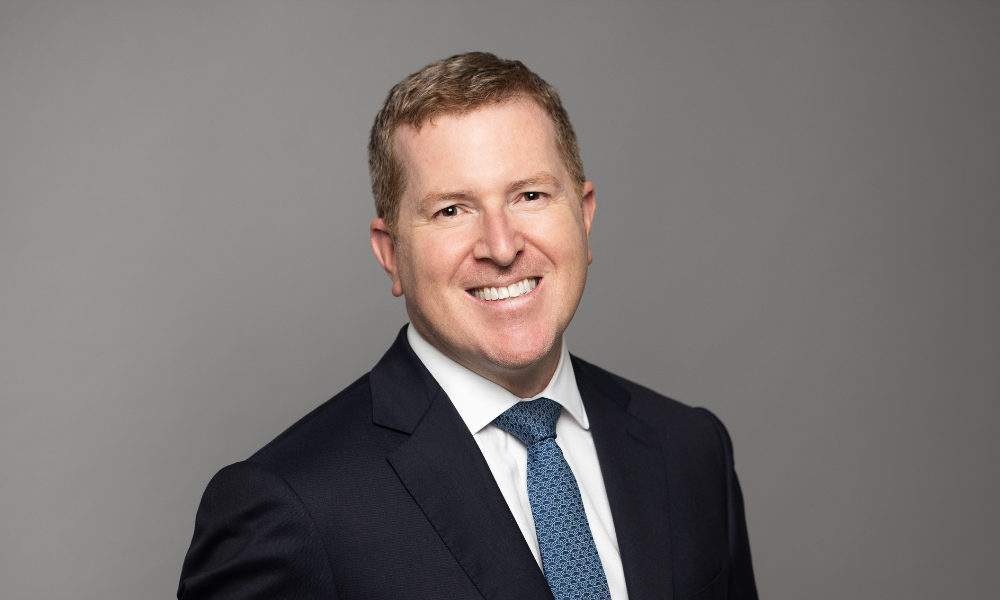CIO at CI explains why smaller caps may offer upside as US inflation abates

The S&P 500 is up roughly 18% year to date. The same index, equally weighted, is only up around 3% in the same period. 2023 has been a year when market growth has come from a small, select group of companies. That includes the big tech magnificent seven of Tesla, Amazon, Alphabet, Meta, Microsoft, Apple, & Nvidia but also features some big name players like General Electric, Royal Caribbean, and Eli Lilly. In a market that is often defined by interest rate cycles and investor sentiment, the biggest names have so far been considered the safest sources of growth.
Following yesterday’s inflation print in the United States, however, markets began to discount the likelihood of future interest rate increases. As sentiment shifts and risk appetites begin to grow again, we may see the gap between mega-caps and their smaller counterparts begin to narrow. According to Marc-André Lewis, Chief Investment Officer at CI Financial, that narrowing is unlikely to be a product of the mega-caps falling back so much as smaller caps catching up.
“I think it’s about investors seeking growth, and these big aggregators operating mainly in the digital world can rapidly swallow anybody that becomes a potential threat. They have very strong, resilient models and it’s very difficult for us to see that changing,” Lewis says. “I think at some point this winner take all big tech model will go to far, but I don’t think it will correct with those big names coming down, I think there’s a higher chance that it gets corrected by the smaller names catching up.”
Lewis explains that investors have flocked to mega-caps this year so far because of the way they discount cashflows. Growth prospects on other ends of the market have not been high enough to counterbalance the potential for higher interest rates. However, this has meant the broader market has become relatively cheaper which sets what Lewis believes to be an interesting setup for the next stage of market growth.
The surprising news that US inflation was lower than expected in October has potentially changed some of those dynamics. US treasury yields on the long-end of the curve have fallen somewhat as markets increasingly discount the likelihood of another central bank interest rate increase. Lewis says that we’re beginning to see some economic cracks forming as a result of central bank tightening, but markets’ greatest headwind — high interest rates — may be abating somewhat now.
Lewis sees the potential for opportunity now in interest-rate sensitive sectors that had been pretty heavily beat up over the past two years. Utilities and real estate, which both still face some structural challenges post-pandemic, may be more attractive now than they have been before. He believes, too, that we will continue to exist in a stock picker’s market.
Lewis argues that when money is cheap to lend, it’s very difficult to differentiate the quality of companies’ balance sheets. Now that rates are higher, even if the hiking cycle may be done, a diligent active manager can provide greater value. Between 2009 and 2020 Lewis believes investors were not rewarded for diversification. Now, however, he sees a greater chance of outperformance through diversification, both within equities and into fixed income and other asset classes. He believes that some of the greatest opportunity lies in diversification away from the mega-caps, though he expects they will continue to show strength. He argues that the risk-return profile is changing enough that smaller companies should offer greater alpha within the context of a well-diversified portfolio.
Even if there is now a chance for the broader market to catch up with the mega-caps, risk persist in the form of policymaker decisions. Lewis believes that if central bankers remain hawkish despite an increasingly weak economy investors could struggle. As the narrative may shift quickly in Canada from inflation to weak growth central bankers may struggle to pivot which could have negative impacts. While Lewis hopes we don’t return to near-zero rates, he also expects some cuts to come relatively soon.
We remain in a period of economic and market transition. While advisors should be aware of changing opportunities on the horizon, Lewis believes they may need to endure some more short-term volatility before we get there.
“This will remain a rocky, volatile journey. But we think that if investors are willing and able to endure some turbulence over the next three to six months, I think we have a pretty sound and robust setup for broad equity market performance.,” Lewis says. “For those that really want to pinpoint, I would say the focus should be on things that have been the most impacted by interest rate hikes because we think we're going to see a reversal of this happening in 2024.”



